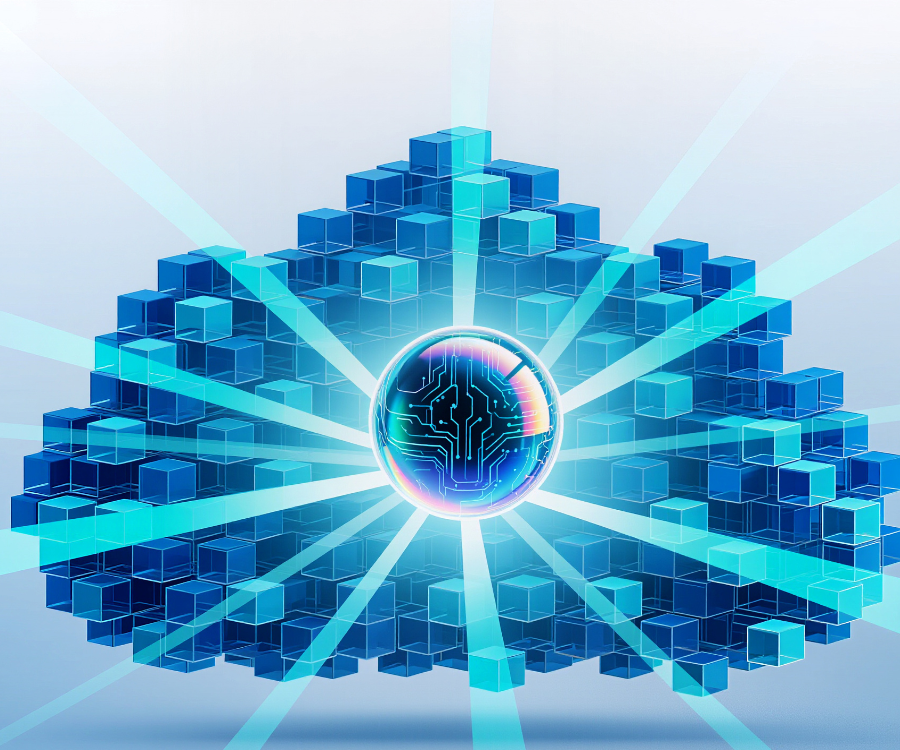In the world of AI, hardware is more than just a machine. It is a strategic asset. According to McKinsey & Company, application-specific semiconductors are reshaping how AI solutions are built and deployed.
Models grow larger. Compute demands increase. Efficiency and latency matter more than ever.
Understanding ASICs, NPUs and Accelerators
- An ASIC (Application-Specific Integrated Circuit) is a chip built for one purpose—for example, AI inference.
- An NPU (Neural Processing Unit) is a dedicated engine optimized for neural-network workloads—often low precision, high throughput.
- Accelerators for AI include GPUs, FPGAs, NPUs and ASICs: components that boost training or inference.
Three Key Trends to Watch
1. From General-Purpose GPUs to Specialized Chips
Many organisations are shifting away from generic GPUs. McKinsey highlights that ASIC-based accelerators are becoming dominant in inference workloads.
As a result, when designing AI/Big Data platforms, you must ask: What hardware will run the workloads? What is the cost? What is the efficiency?
2. Edge, Inference and Hardware Constraints
When AI runs at the edge, latency and power consumption matter. A device in a factory or a smart sensor cannot wait for the cloud. Therefore, NPUs and other accelerators become key.
In practice, a solution that works only in a data centre may not fit edge clients. You need to align hardware, software and business case.
3. Supply Chain, Geopolitics and Infrastructure
Hardware is not just tech. It involves manufacturing, materials, logistics and geopolitics. McKinsey points out that the landscape for semiconductors is shifting quickly. For service companies, understanding these constraints helps avoid surprises and manage risk.
Implications for a Digital Transformation Company
Since your company focuses on AI, Big Data and digital platforms, here’s how you can respond strategically:
- Architect with hardware in mind: When you build platforms (like your reporting or analytics tooling), decide whether they will run on cloud GPUs, local NPUs or ASICs. Each path affects cost, latency and scalability.
- Differentiate your value proposition: In your messaging, highlight that your solutions are optimized for cutting-edge hardware—not generic. This can attract clients with strict performance or compliance needs.
- Forge strategic partnerships: Hardware suppliers, chip specialists or systems integrators could become valuable allies. They can help you deliver end-to-end solutions.
- Consider total cost and sustainability: Hardware efficiency means lower energy cost, less carbon footprint and better TCO. These are compelling selling points.
- Manage risk and lifecycle: Hardware can become obsolete faster than software. Consider upgrade paths, compatibility, and vendor lock-in when recommending architectures.
Challenges and Things to Watch
- Not all use-cases need ultra-specialised hardware. Sometimes a standard GPU or cloud solution suffices. Always assess benefit vs cost.
- Choosing ASICs or custom accelerators can create vendor or ecosystem lock-in. Be cautious.
- AI models evolve fast. Hardware that looks optimal today might lag tomorrow. Plan for flexibility.
- Supply-chain and geopolitical risks are real. Dependence on certain vendors or regions might present vulnerability.
- Sustainability matters. High-performance hardware consumes energy. Efficiency and environmental impact should be part of the design.
Conclusion
In short: hardware for AI (ASICs, NPUs, accelerators) is not a background detail. It is a fundamental enabler for performance, cost, scalability and differentiation. For a company delivering AI/Big Data platforms, ignoring hardware means risking falling behind.
As 2025 and beyond unfold, the winners won’t just write the best models—they’ll deploy them on the right infrastructure. It’s time to make hardware part of your strategy, not an afterthought.


